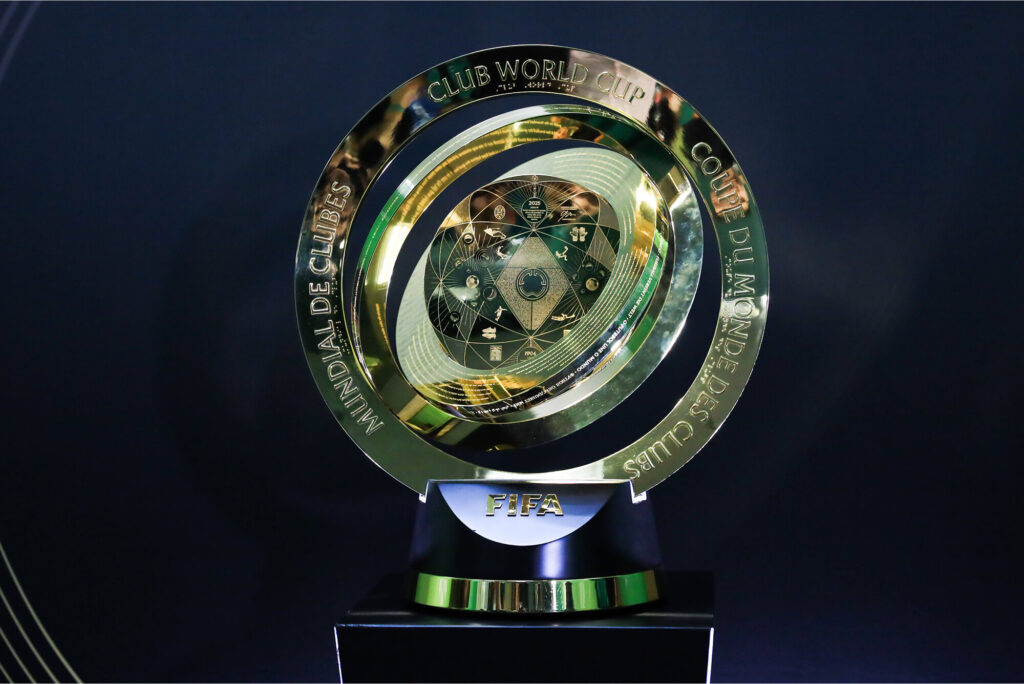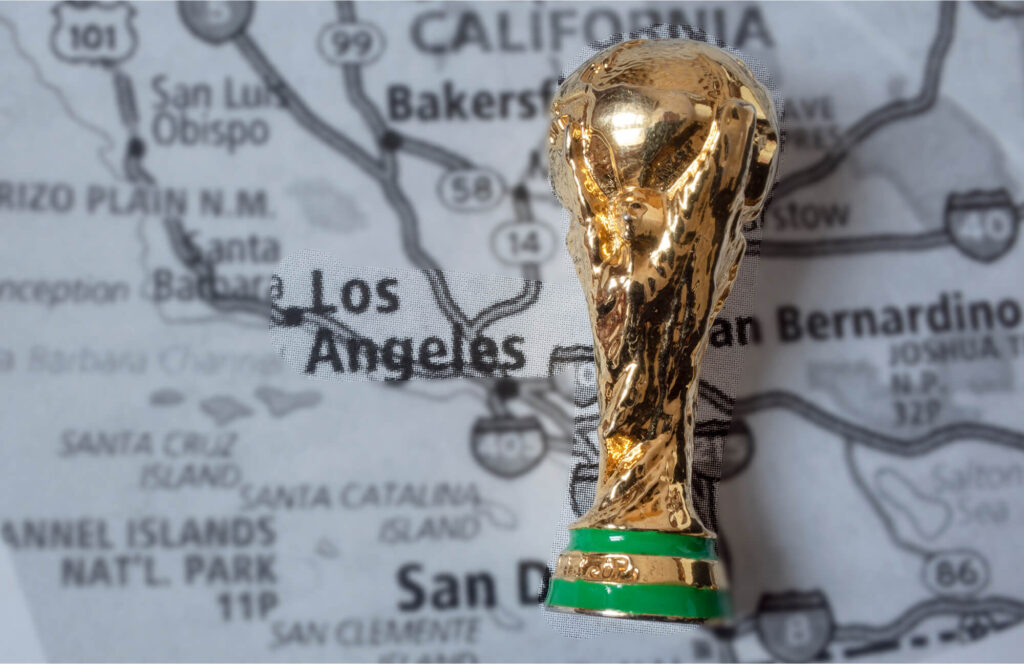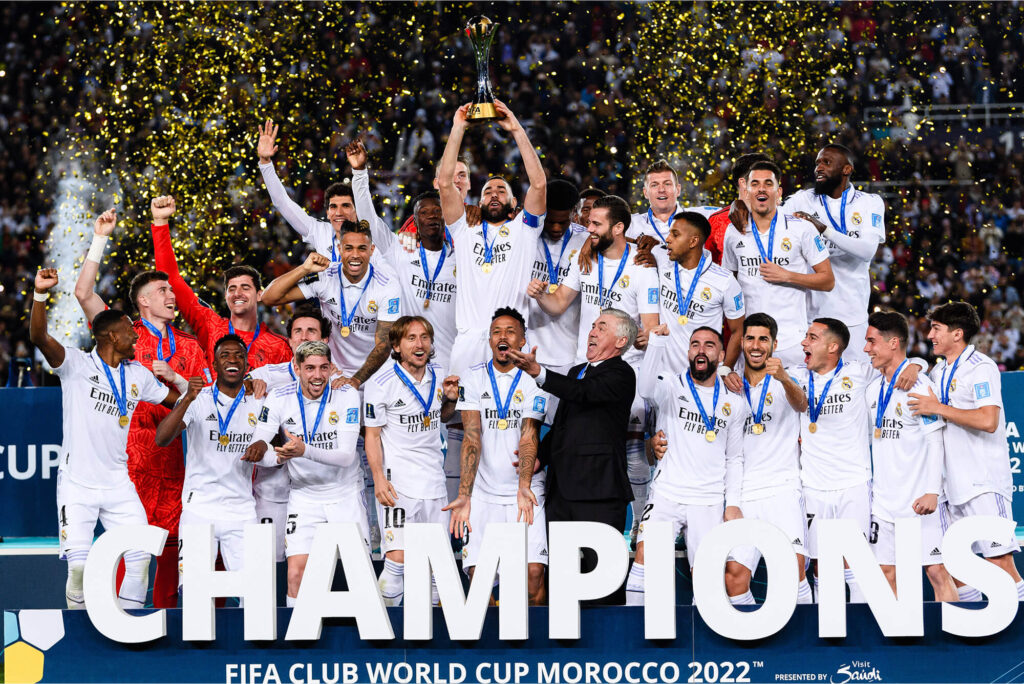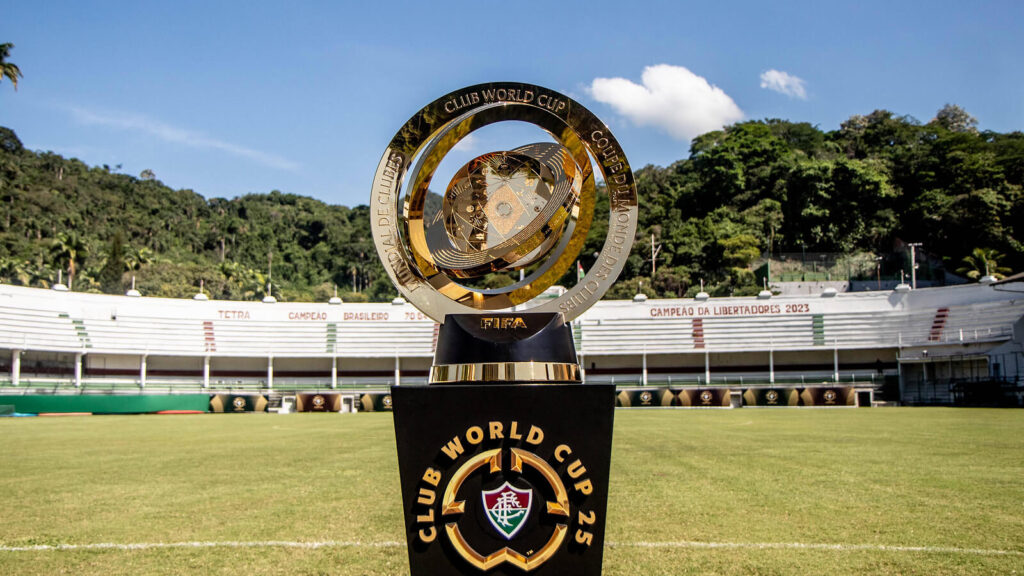The Club World Cup is an international soccer tournament put together by FIFA, the world football governing body. The FIFA World Cup is the contest of national teams, whereas this setup features the best club teams from around the world. The best clubs – the ones that play on a domestic level in prominent leagues like the English Premier League, La Liga, or Série A of Brazil – compete against each other in this competition to claim the title of the best football club in the world.
The idea behind the Club World Cup is that it attempts to create an arena where champion clubs from the various continents are able to meet and compete. It is one of the very few occasions where top European teams can be measured against the champions from South America, Asia, Africa and so on.
Adopted in a manner that changed several times since the early 2000s, the first editions of the tournament were conducted officially in the year 2000 in Brazil. From thereon, it evolved into seriously considered hardware for clubs outside Europe, as it assures the selection to what is being offered on the global stage.

How Is It Different From the World Cup?
The biggest difference between the FIFA Club World Cup and the FIFA World Cup is in the nature of the teams participating in the tournament. The World Cup is for the national teams, for example, France, Brazil, or even Argentina, with players selected from each country. The Club World Cup is for football clubs, such as Manchester City, Real Madrid, or Al Ahly, composed of players of various nationalities.
Another difference is in the frequency and structure of these tournaments. The World Cup is held every four years and consists of 32 national teams (which is soon to be 48). The Club World Cup is usually held almost every year but has recently been undergoing a massive change (more on that later).
While both tournaments are organized by FIFA and both have the title of the real world champions, the Club World Cup is more about club glory than national glory. It is a competition for those teams that have dominated domestic and continental competitions and find out how they fare against other elite clubs of the world.

Which Teams Are Invited?
Clubs don’t just sign up to play in the Club World Cup. They have to qualify by winning their continent’s top tournament. Here’s how it works under the current and upcoming formats:
Under the traditional format:
Seven teams participate –
- UEFA Champions League winner (Europe)
- Copa Libertadores winner (South America)
- CONCACAF Champions League winner (North & Central America)
- AFC Champions League winner (Asia)
- CAF Champions League winner (Africa)
- Oceania Champions League winner (Oceania)
- Host nation’s league champion (as the seventh team)
These teams compete in a knockout format, usually held over a week or two. But starting from 2025, FIFA is expanding the tournament into a 32-team format, held every four years, similar to the World Cup.
- More teams will qualify from each continent, especially Europe and South America.
- Clubs will earn their spots based on success in recent Champions League tournaments.
- This expansion means more matches, bigger audiences, and more global representation.
- For example, the 2025 Club World Cup in the USA will include big clubs like Manchester City, Real Madrid, Chelsea, Flamengo and Al Ahly, among others.

Why It’s a Big Deal Now
The Club World Cup never garnered as much attention as other tournaments until quite recently, and that too is changing rapidly. Here’s why –
1. Global Football Goes Graduate
The clubs from Africa, Asia and the Americas are fast improving. Consequently, with talent emerging in all parts of the globe, fans want to see contests across continents and not just a cross-Europe competition.
2. Getting Richer and More Prestigious
FIFA wants the Club World Cup to become another worldwide showpiece following the World Cup. By augmenting sponsorships and TV rights fees and prize money, the clubs are now taking this very seriously.
3. A New Format With Greater Opportunities
From 2025, when the tournament moves to a 32-team format, all this competitiveness and entertainment will hopefully come through. It is no longer just about one or two games between European and South American teams. Now top clubs from all continents will have a real chance to advance ahead.
4. New Secondary Rivalries
This tournament introduces new secondary rivalries that rarely occur during regular continental-club-circle competition. It is a rare opportunity for Real Madrid to face Flamengo or Manchester City to know an opponent like Al Ahly.

What Fans Should Know
If you are an avid football viewer, here are some things to remember regarding the Club World Cup:
1. It’s becoming a Must-See Tournament
With the revised format, competition will improve and great players would like to bag this trophy along with others they have won before. Just like the UEFA Champions League, it may turn out to be a must-win for top clubs.
2. Competition Every Four Years (starting in 2025)
Previously held annually, the new version will be held every four years, with each edition being special—similar to the World Cup.
3. Hosted by Various Countries
Similar to the World Cup, the host nation varies. The USA will host the first 32-team one in 2025.
4. New Dreams for Smaller Clubs
For African, Asian, or North American clubs, the Club World Cup represents a rare opportunity to shine globally. Players from less-covered divisions receive international exposure, which can change careers.
5. Top Clubs May Field Strong Lineups
In the past, some big European clubs didn’t take the Club World Cup seriously. But now, with more media exposure and sterner competition, managers need to play their best teams and hunt for the championship.
Club Football’s Biggest Leap Yet
The FIFA Club World Cup is no longer an afterthought—it’s becoming a prominent international tournament for football clubs. As the tournament expands into a 32-team event, it provides an opportunity for fans to witness different matchups, international rivalries, and the world’s greatest clubs vie for international honor.
Whether you’re backing your local team, a European giant, or simply a fan of fantastic football, the Club World Cup is one to watch. As FIFA continues to build the tournament and grow its prestige, look for it to become an integral part of the global football calendar.
